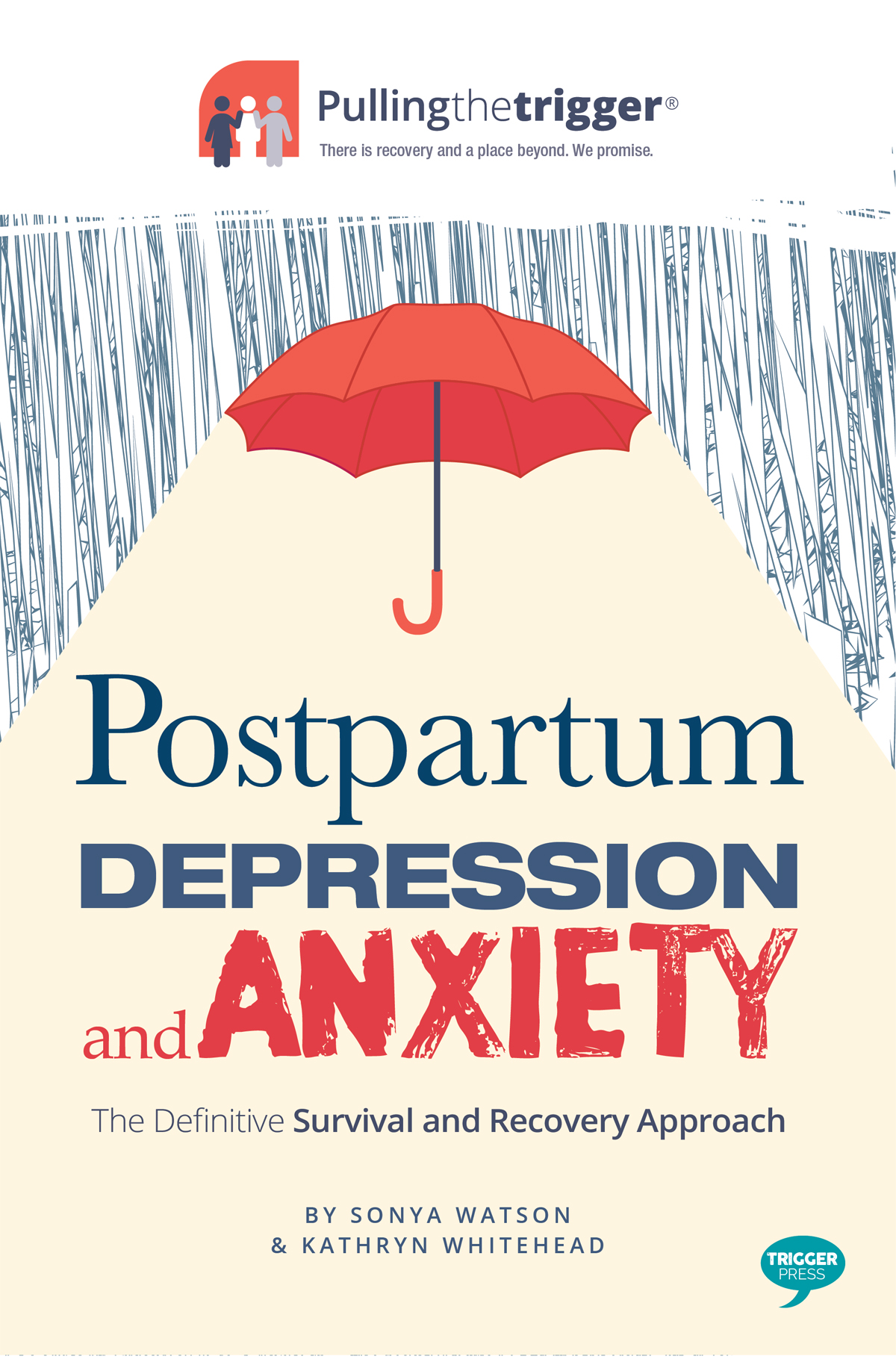
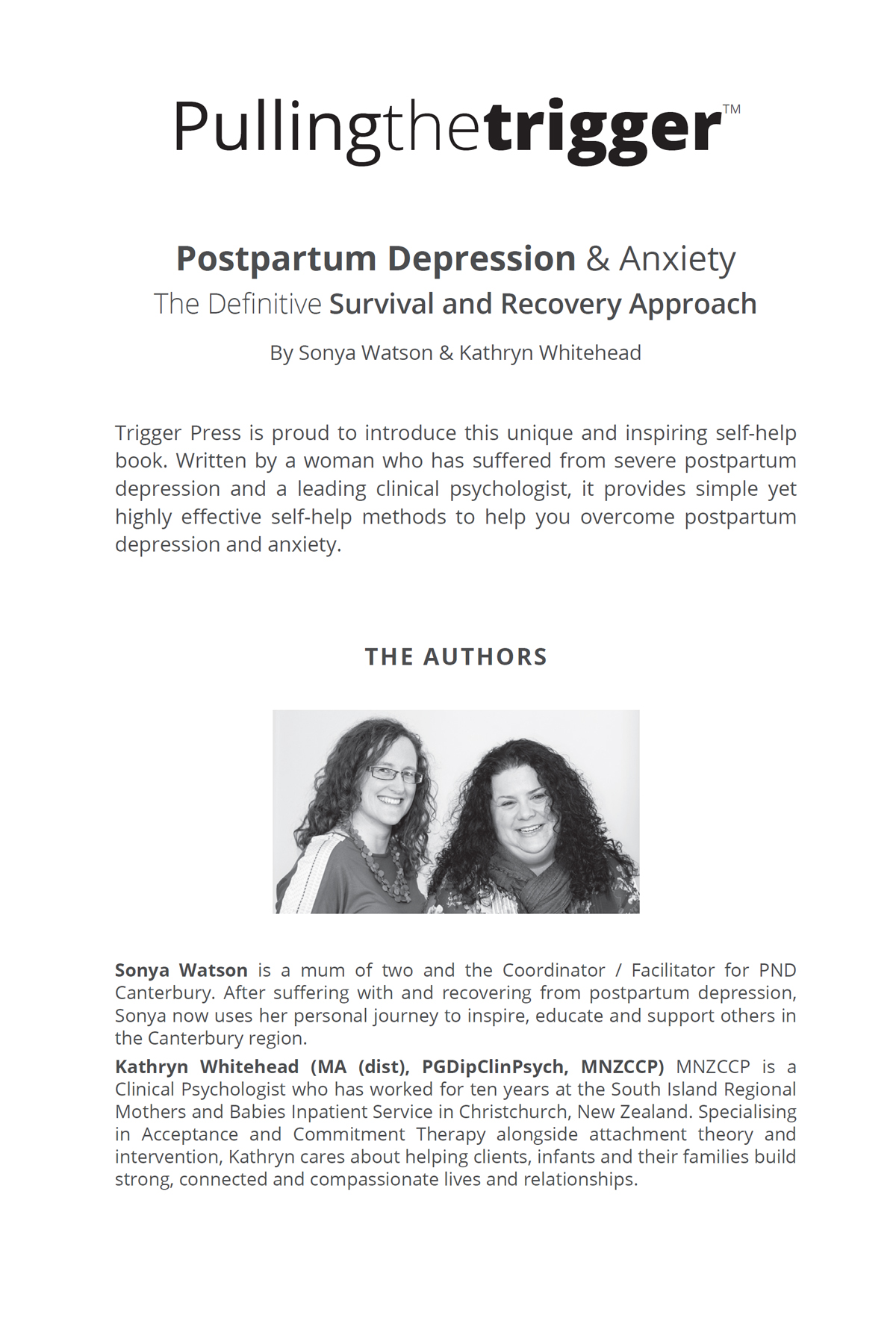
First published in Great Britain 2018 by Trigger Press
Trigger Press is a trading style of Shaw Callaghan Ltd & Shaw Callaghan 23 USA, INC.
The Foundation Centre
Navigation House, 48 Millgate, Newark
Nottinghamshire NG24 4TS UK
www.trigger-press.com
Copyright Sonya Watson and Kathryn Whitehead
All rights reserved. No part of this publication may be reproduced, stored in a retrieval system, or transmitted in any form or by any means, electronic, mechanical, photocopying, recording or otherwise, without prior permission in writing from the publisher
British Library Cataloguing in Publication Data
A CIP catalogue record for this book is available upon request from the British Library
ISBN: 978-1-911246-32-9
This book is also available in the following Audio and e-Book formats:
MOBI: 978-1-911246-35-0
EPUB: 978-1-911246-33-6
PDF: 978-1-911246-34-3
Sonya Watson and Kathryn Whitehead have asserted their right under the Copyright, Design and Patents Act 1988 to be identified as the authors of this work
Cover design and typeset by Fusion Graphic Design Ltd
Project Management by Out of House Publishing
Printed and bound in Great Britain by Bell & Bain, Glasgow
Paper from responsible sources
Dedicated to all the sufferers of any mental health issue and their loved ones, and to those working tirelessly across all spectrums around the world to bring a better understanding and awareness of mental health issues through research, support and treatment.

Why have we called our books Pullingthetrigger?
Many things can trigger mental health issues. So what do you do if something makes you feel bad? You stay away from it, right?
I bet youve been avoiding your triggers all your life. But now we know that avoiding your triggers only makes things worse. So heres the game changer: you need to learn how to pull those triggers instead of running away from them and our Pullingthetrigger series shows you how. Your recovery is within reach, we promise.
This is more than recovery, its a way of life.
Adam Shaw & Lauren Callaghan.

www.trigger-press.com
Thank you for purchasing this book. You are making an incredible difference.
At least 50% of Trigger Press proceeds go directly to The Shaw Mind Foundation.
The Shaw Mind Foundation is a charity that focuses entirely on mental health and was set up by Adam Shaw in order to open conversations around the globe to support sufferers. It is the parent organisation to Trigger Press, and a large proportion of the proceeds from the books published go to it. To find out more about The Shaw Mind Foundation www.shawmindfoundation.org
MISSION STATEMENT
Our goal is to make help and support available for every single person in society, from all walks of life. We will never stop offering hope. These are our promises.
Trigger Press and The Shaw Mind Foundation

CONTENTS

WARNING: This book contains thoughts about the possibility of suicide.
A note on terms: In this book, we use the terms postnatal depression and postpartum depression interchangeably. In the US, the term postpartum depression is commonly used. But in telling her story, Sonya has talked about her postnatal depression as is the norm in New Zealand.
We also refer to perinatal depression (or prepartum depression) referring to feelings of depression associated with pregnancy and childbirth. Antenatal depression refers to feelings of depression before childbirth occurs.
INTRODUCTION
WHO NEEDS A PERFECT MOTHER?
 Kathryn: Kids are like crack cocaine. When youre not with them, theyre all you want. When youve got them, theyre never enough! Those are the words of my cousin, Dr Simon Adamson, whose wise words manage to capture some of the profound ambivalence of parenting.
Kathryn: Kids are like crack cocaine. When youre not with them, theyre all you want. When youve got them, theyre never enough! Those are the words of my cousin, Dr Simon Adamson, whose wise words manage to capture some of the profound ambivalence of parenting.
There are few things that were so comprehensively misled about, as children, than parenting. And there are few things for which experience really is the only way of knowing what its really like.
I used to say that babies dont come with an instruction manual. I was wrong. They do come with an instruction manual. The problem is that youve got to learn a whole new language in order to translate it. Its the language of cues.
Luckily you knew this language once in your life and youll know it again. Its just a matter of spending a lot of time getting to know your baby and figuring out their way of telling you things. You can read some material online to give you an idea of what will help you out, but really a lot of it is trial and error learning. The only problem with trial and error learning is that you have to make mistakes. And often were so invested in our babies that its very difficult to allow ourselves to make mistakes.
It isnt a question of being perfect, but of being good enough. This idea comes from Donald Winnicott, a paediatrician, psychotherapist and leading thinker in the attachment field. Winnicott talks about the importance of having a good enough mother. As theories about attachment relationships have developed, the process of rupture and repair (Siegel, 1999), has become a critical part of building secure attachments. Its a process where a parent does a less than perfect job which causes a rift in the relationship, but the child comes to learn that this can be repaired.
Lets pause for a moment and try a thought experiment:
Imagine a child with an absolutely perfect mother. Lets say this mother could meet the childs every need absolutely perfectly. Imagine the child never even needed to cry to show her something was wrong; she could just anticipate it.
Now, fast forward a couple of years and imagine what that child would be like.
What would they be like at school?
What would happen if that child had problems that their teachers and peers couldnt anticipate at all times?
Would that child be very good at making friends?
What would that child be like as an adult if they expected every single person they met to know, without asking or doing any extra work, exactly what the child needed?
Weve got a name for people like this we call them narcissists.
Perfection is not an ideal developmental solution. A core part of our relationships is the process of rupture and repair. The parent gets it a bit wrong, the kid does their best, and then they come back together, sort it out and reconnect. Its that kind of process that builds a strong and stable relationship.
Next page

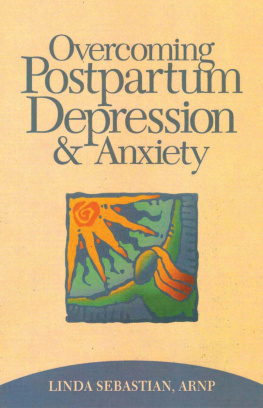






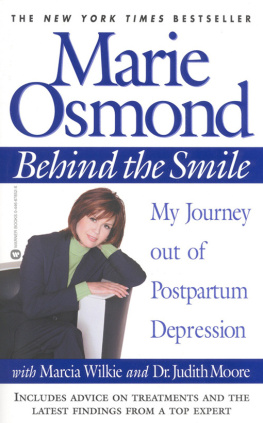
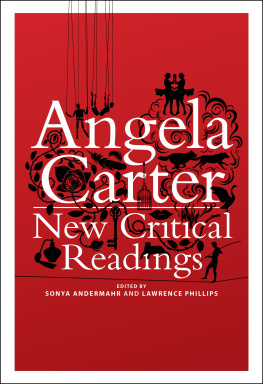
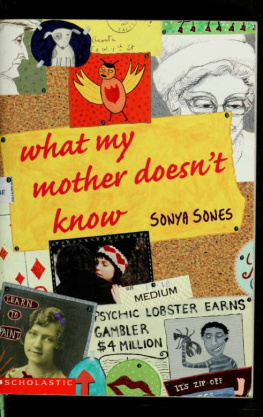







 Kathryn: Kids are like crack cocaine. When youre not with them, theyre all you want. When youve got them, theyre never enough! Those are the words of my cousin, Dr Simon Adamson, whose wise words manage to capture some of the profound ambivalence of parenting.
Kathryn: Kids are like crack cocaine. When youre not with them, theyre all you want. When youve got them, theyre never enough! Those are the words of my cousin, Dr Simon Adamson, whose wise words manage to capture some of the profound ambivalence of parenting.